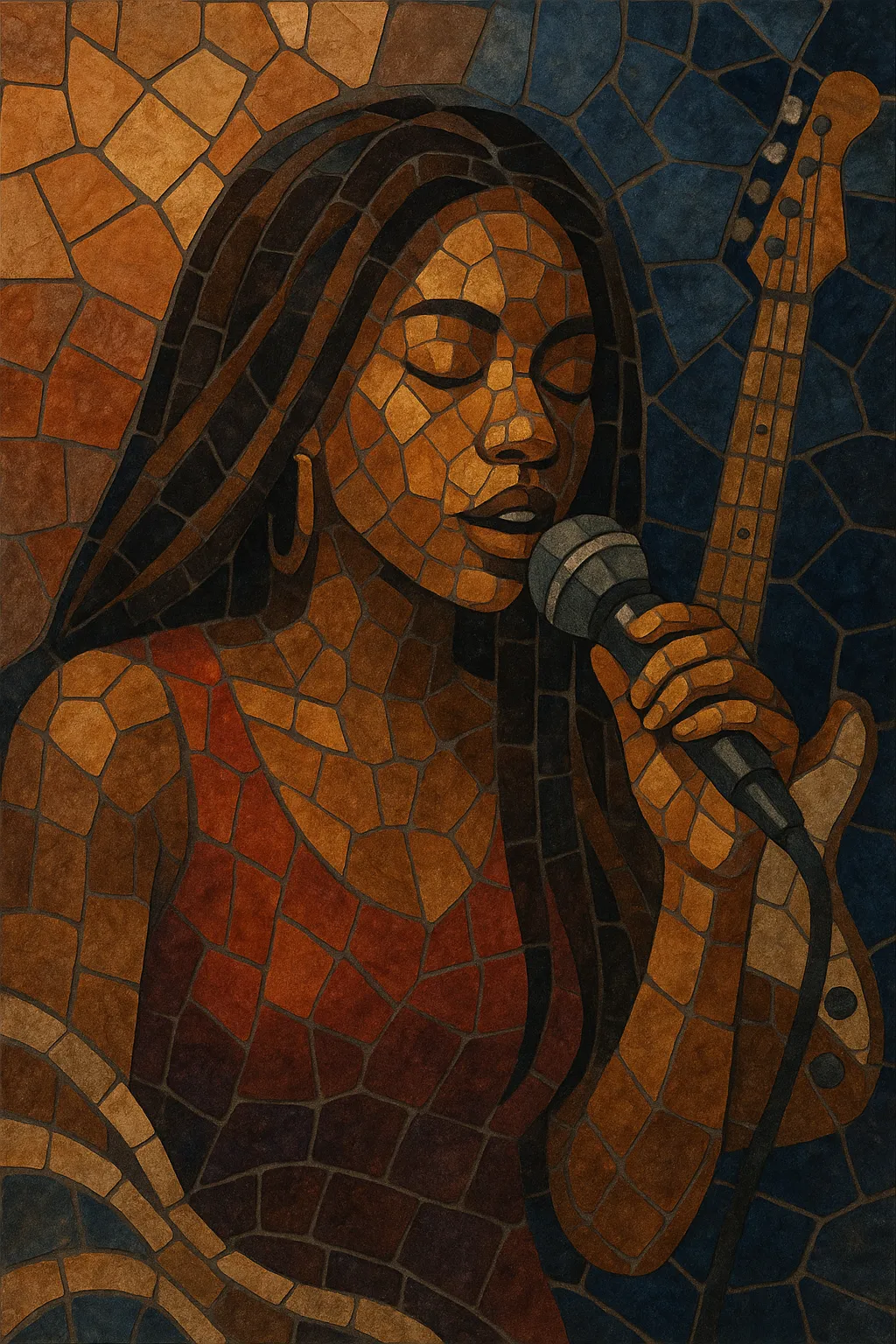Canto R&B is a Cantonese-language take on contemporary R&B that fuses the sleek grooves, melismatic vocals, and lush harmonies of U.S. R&B with the lyricism and pop songcraft of Cantopop.
Emerging from Hong Kong’s mainstream in the 2000s, the style typically features mid‑tempo beats, warm electric pianos, guitar licks, and vocal ad‑libs wrapped around ear‑catching pop hooks. Because Cantonese is a tonal language, melodies are written to respect lexical tones, giving Canto R&B a distinctive phrasing and contour compared with English‑language R&B.
The result is a smooth, urban sound that can be romantic or introspective, equally at home in late‑night slow jams and radio‑friendly pop formats.
Canto R&B took shape in Hong Kong as Cantopop artists began embracing U.S. contemporary R&B and neo‑soul production. While Cantopop’s golden era (1980s–1990s) was dominated by ballads and dance‑pop, the 2000s saw a pivot toward groove‑led arrangements, seventh‑chord harmony, and smoother, melismatic vocals. Early adopters brought R&B textures into Cantonese songwriting, carefully adapting melodies to Cantonese tones.
By the mid‑2000s, Hong Kong charts regularly featured R&B‑leaning singles. Singers and writer‑producers built songs around Rhodes pianos, syncopated drums, and prominent basslines while retaining Cantopop’s verse–pre‑chorus–hook structures. Collaborations with hip hop acts and the occasional rap bridge further aligned the sound with global urban pop.
Streaming platforms and regional crossover increased exposure to U.S. R&B, K‑R&B, and Mandopop R&B. Hong Kong artists broadened the palette with neo‑soul, quiet storm, and trap‑soul touches, while indie‑pop and jazz harmonies entered the mix. The balance between Cantonese prosody and R&B vocal stylings became a key craft focus for songwriters.
Canto R&B remains a core urban sound within modern Cantopop. It continues to intermix with hip hop, acoustic pop, and synth‑led balladry, providing a contemporary language for romantic and reflective themes while showcasing Hong Kong’s distinct Cantonese phrasing within global R&B idioms.


